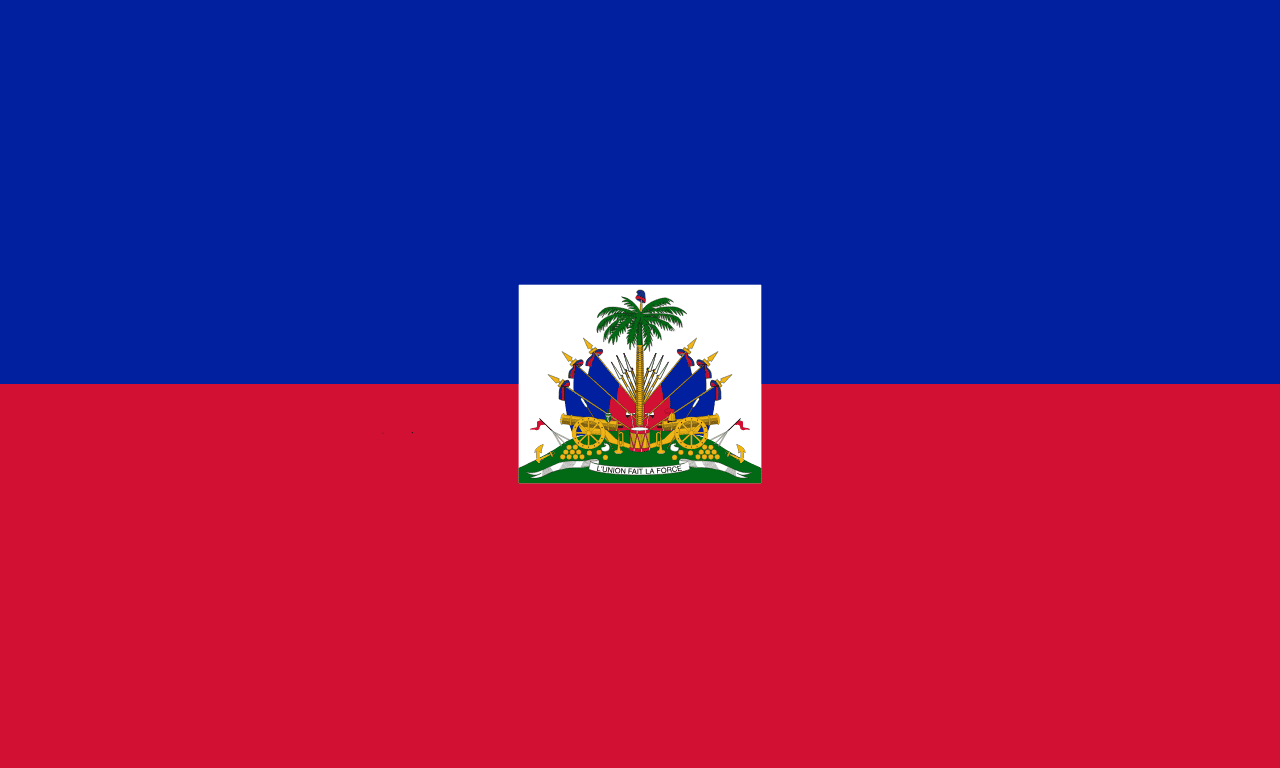The flag of Hong Kong, officially known as the regional flag of the Hong Kong Special Administrative Region of the People's Republic of China, features a stylized, white, five-petal Bauhinia blakeana flower in the center of a red field. This distinctive design symbolizes Hong Kong's unique status and identity within China.
Hong Kong information
| National Flag Day | — |
| Sovereign state | No |
| Official name | Hong Kong Special Administrative Region of the People's Republic of China |
| Capital | Hong Kong |
| Population | 7,524,100 |
| Area | 1,104 km² |
| Currency | Hong Kong dollar (HKD) |
| Language | Cantonese, English |
| Continent | Asia |
| Region | East Asia |
| Subregion | — |
| Borders | China |
| Timezone | Hong Kong Time (HKT) UTC+8 |
| Calling code | +852 |
| Top-level domain | .hk |
History of the Hong Kong flag
 The current flag of Hong Kong was adopted on April 4, 1990, in preparation for the transfer of sovereignty from the United Kingdom to the People's Republic of China. It was first officially raised on July 1, 1997, during the handover ceremony that marked the end of British rule and Hong Kong's return to Chinese sovereignty.
The design process for the flag began in 1987 when the Hong Kong Basic Law Drafting Committee started soliciting ideas for the future flag and emblem of Hong Kong. After considering over 7,000 designs, the current flag was chosen and approved by the National People's Congress of China in 1990.
Prior to 1997, Hong Kong used the British Blue Ensign with the Hong Kong coat of arms as its territorial flag, reflecting its status as a British colony. The transition to the current flag symbolizes Hong Kong's new era as a Special Administrative Region of China.
The current flag of Hong Kong was adopted on April 4, 1990, in preparation for the transfer of sovereignty from the United Kingdom to the People's Republic of China. It was first officially raised on July 1, 1997, during the handover ceremony that marked the end of British rule and Hong Kong's return to Chinese sovereignty.
The design process for the flag began in 1987 when the Hong Kong Basic Law Drafting Committee started soliciting ideas for the future flag and emblem of Hong Kong. After considering over 7,000 designs, the current flag was chosen and approved by the National People's Congress of China in 1990.
Prior to 1997, Hong Kong used the British Blue Ensign with the Hong Kong coat of arms as its territorial flag, reflecting its status as a British colony. The transition to the current flag symbolizes Hong Kong's new era as a Special Administrative Region of China.
Symbolism and design of the Hong Kong flag
Every element of the Hong Kong flag carries deep symbolic meaning:
- The red background represents the motherland, China, and symbolizes the reunification of Hong Kong with the PRC. It matches the red used in the national flag of China.
- The white Bauhinia blakeana flower, also known as the Hong Kong orchid tree, is native to the region and represents Hong Kong's distinct identity. The flower was discovered in Hong Kong in 1880 and is widely regarded as a symbol of the city.
- The five petals of the Bauhinia flower are adorned with five red stars, echoing the five stars on the national flag of China. These stars represent the principle of "one country, two systems" under which Hong Kong maintains its capitalist system and a high degree of autonomy.
- The circular arrangement of the red stars on the petals symbolizes the reunification of Hong Kong with China.
The overall design of the flag artfully balances Hong Kong's unique character with its status as part of China, visually representing the "one country, two systems" principle.
Usage and significance of the Hong Kong flag
 The Hong Kong flag plays a crucial role in the city's civic life and international representation. It is prominently displayed on government buildings, schools, and during official ceremonies and public events. The flag is raised daily in places like Golden Bauhinia Square, a symbol of Hong Kong's return to Chinese sovereignty.
On national holidays such as National Day (October 1) and Hong Kong Special Administrative Region Establishment Day (July 1), the flag is widely displayed alongside the national flag of China, symbolizing Hong Kong's dual identity.
In international contexts, the Hong Kong flag represents the city in various events and organizations where it participates separately from mainland China, such as in the Olympic Games and some international economic forums. This usage underscores Hong Kong's unique status and degree of autonomy within the "one country, two systems" framework.
The flag also serves as an important educational tool, teaching younger generations about Hong Kong's history, its relationship with China, and its special status as a global financial center with a distinct legal and economic system.
The Hong Kong flag plays a crucial role in the city's civic life and international representation. It is prominently displayed on government buildings, schools, and during official ceremonies and public events. The flag is raised daily in places like Golden Bauhinia Square, a symbol of Hong Kong's return to Chinese sovereignty.
On national holidays such as National Day (October 1) and Hong Kong Special Administrative Region Establishment Day (July 1), the flag is widely displayed alongside the national flag of China, symbolizing Hong Kong's dual identity.
In international contexts, the Hong Kong flag represents the city in various events and organizations where it participates separately from mainland China, such as in the Olympic Games and some international economic forums. This usage underscores Hong Kong's unique status and degree of autonomy within the "one country, two systems" framework.
The flag also serves as an important educational tool, teaching younger generations about Hong Kong's history, its relationship with China, and its special status as a global financial center with a distinct legal and economic system.
Interesting facts about the Hong Kong flag
- The Bauhinia blakeana flower on the flag is a sterile hybrid plant, discovered in Hong Kong in 1880. It cannot produce seeds and is propagated only by grafting, making it a truly unique symbol of Hong Kong.
- The exact design specifications of the flag, including the precise shade of red and the proportions of the Bauhinia flower, are protected by law in Hong Kong.
- Hong Kong is one of the few non-sovereign entities to have its flag emoji, reflecting its special status and international recognition.
- The flag design went through multiple revisions before the final version was approved. Earlier designs included elements like a lion (symbolizing Britain) and a dragon (representing China).
- In some international sporting events, such as the Olympics, Hong Kong competes under its own flag and the name "Hong Kong, China" to differentiate it from mainland Chinese teams.
- The flag's design has occasionally been a subject of controversy, with some Hong Kong pro-democracy activists using inverted or altered versions of the flag as a form of protest.





